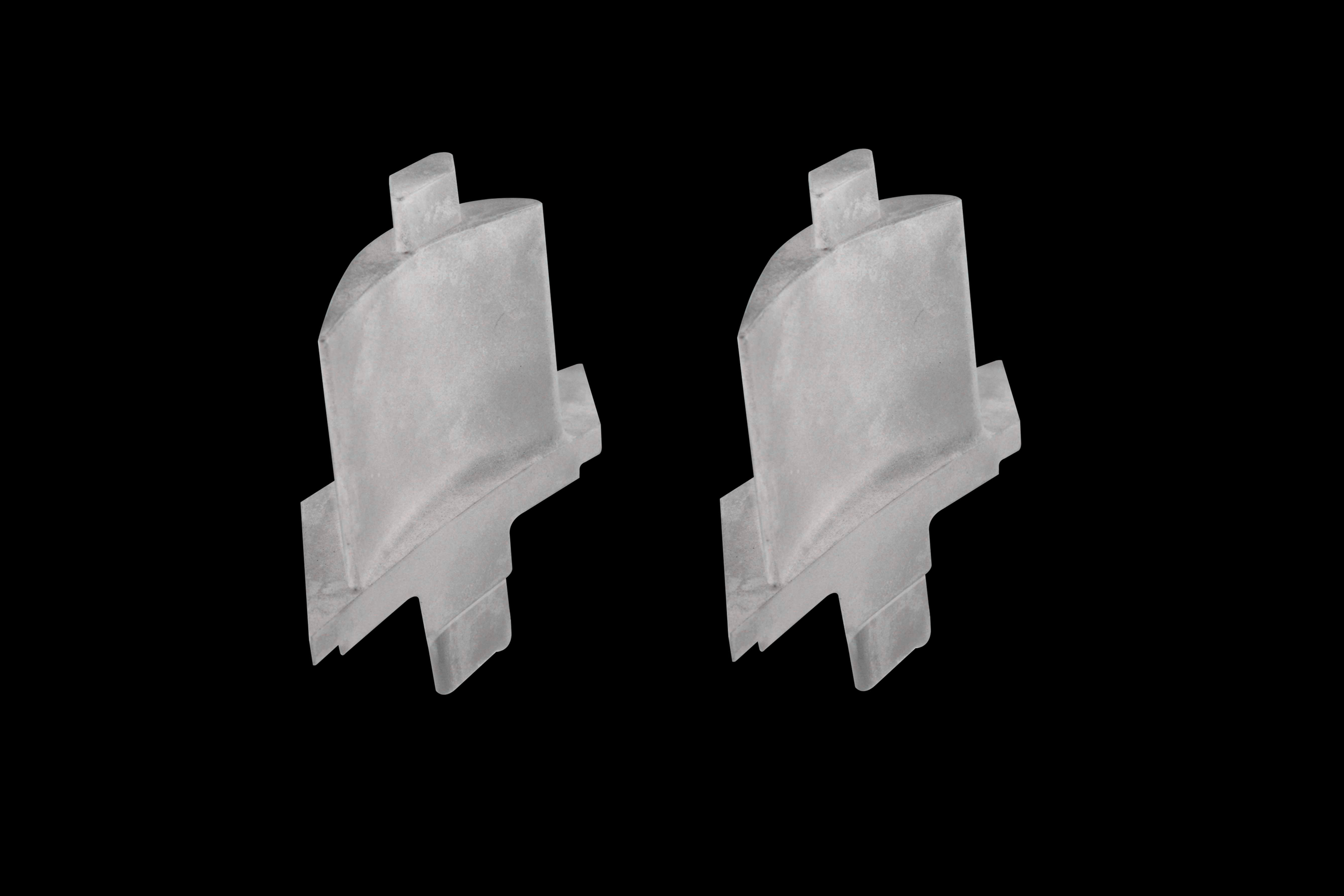Superalloy Parts Marine Turbine Blade Manufacturer
Introduction to Superalloy Marine Turbine Blades
Marine turbine blades require exceptional strength, corrosion resistance, and durability to withstand harsh maritime environments. Neway AeroTech specializes in manufacturing premium superalloy turbine blades tailored specifically for demanding marine applications. Utilizing state-of-the-art vacuum investment casting and precision machining, we ensure blades deliver superior performance and longevity under extreme operational conditions.
Our extensive expertise guarantees blades precisely engineered to optimize turbine efficiency, reliability, and corrosion resistance.
Manufacturing Challenges for Marine Turbine Blades
Manufacturing marine turbine blades involves addressing significant challenges:
Corrosion Resistance: Ensuring blades withstand prolonged exposure to saline and humid environments.
High Strength-to-Weight Ratio: Maintaining structural integrity while minimizing weight.
Creep and Fatigue Resistance: Blades must resist deformation under continuous dynamic loading.
Precision Manufacturing: Achieving tight dimensional tolerances (±0.10 mm) and smooth surface finishes (Ra 1.6–3.2 µm).
Detailed Explanation of Blade Manufacturing Processes
Vacuum Investment Casting
Precision wax patterns precisely replicate intricate blade geometries.
Ceramic shell molds created, wax removed under controlled heat (~180°C).
Casting conducted under vacuum conditions (<0.01 Pa) ensuring metallurgical purity.
Controlled cooling (20–35°C/hour) reduces residual stress and enhances precision.
Directional and Single Crystal Solidification
Directional control of solidification (thermal gradients 20–50°C/cm) to align grain structures.
Single-crystal blades eliminate grain boundaries, enhancing creep and fatigue life.
Slow cooling rates (20–35°C/hour) significantly reduce internal defects.
Comparison of Mainstream Manufacturing Processes
Process | Dimensional Accuracy | Surface Finish | Efficiency | Complexity Capability |
|---|---|---|---|---|
Vacuum Investment Casting | ±0.15 mm | Ra 3.2–6.3 µm | Moderate | High |
Single Crystal Casting | ±0.20 mm | Ra 6.3–12.5 µm | Moderate | High |
CNC Machining | ±0.01 mm | Ra 0.8–3.2 µm | Moderate | Moderate |
SLM 3D Printing | ±0.05 mm | Ra 6.3–12.5 µm | High | Very High |
Manufacturing Process Selection Strategy
Vacuum Investment Casting: Preferred for intricate blade designs demanding precision (±0.15 mm) and high metallurgical integrity.
Single Crystal Casting: Recommended for blades requiring maximum creep resistance, precision up to ±0.20 mm.
CNC Machining: Ideal for final finishing of critical features, offering tight tolerances (±0.01 mm).
SLM 3D Printing: Suitable for prototyping or blades with complex internal cooling channels, accuracy within ±0.05 mm.
Superalloy Material Analysis Matrix for Marine Applications
Material | Tensile Strength (MPa) | Yield Strength (MPa) | Max Operating Temp (°C) | Corrosion Resistance | Typical Applications |
|---|---|---|---|---|---|
880 | 480 | 980 | Exceptional | Marine turbine blades | |
750 | 360 | 1038 | Outstanding | Corrosion-resistant blades | |
1050 | 585 | 815 | Excellent | High-strength marine turbines | |
1170 | 850 | 1000 | Superior | Combustion turbine components | |
1300 | 1000 | 1150 | Exceptional | Single-crystal blades | |
860 | 700 | 850 | Excellent | Wear-resistant turbine blades |
Material Selection Strategy
Inconel 625: Selected for exceptional corrosion resistance in seawater, maintaining strength (880 MPa tensile) up to 980°C.
Hastelloy C-276: Optimal for aggressive corrosive environments due to its outstanding resistance at temperatures up to 1038°C.
Nimonic 80A: Recommended for applications requiring high tensile strength (1050 MPa) and reliable performance at 815°C.
Rene 41: Preferred for blades needing superior strength (1170 MPa tensile) and oxidation resistance at 1000°C.
CMSX-4: Ideal for maximum creep and fatigue resistance in single-crystal blades operating up to 1150°C.
Stellite 6: Chosen for exceptional wear resistance in abrasive maritime environments, providing reliable performance at 850°C.
Key Post-processing Technologies
Hot Isostatic Pressing (HIP): Improves blade integrity by eliminating internal defects, operating at ~1200°C and 150 MPa.
Thermal Barrier Coating (TBC): Significantly reduces thermal stresses by lowering blade surface temperatures (~200°C reduction).
Electrical Discharge Machining (EDM): Achieves intricate internal cooling channels and precise blade geometry (±0.005 mm accuracy).
Heat Treatment: Enhances structural properties, improving creep resistance, corrosion resistance, and strength.
Industry Application and Case Analysis
Neway AeroTech delivered Inconel 625 marine turbine blades to a global maritime OEM. Utilizing vacuum investment casting combined with HIP and TBC post-processing, we achieved precision within ±0.15 mm, exceptional corrosion resistance, and significantly extended operational life, outperforming standard industry requirements.
Our dedicated expertise and advanced manufacturing capabilities position us as a reliable supplier for high-performance marine turbine blades.
FAQs
What standard lead times do you provide for custom marine turbine blades?
Can you support small-volume production and prototyping for marine turbine components?
What certifications and quality standards do your marine superalloy blades comply with?
Which post-processing methods significantly improve marine blade durability?
Do you provide technical guidance on alloy selection and marine turbine blade design optimization?

